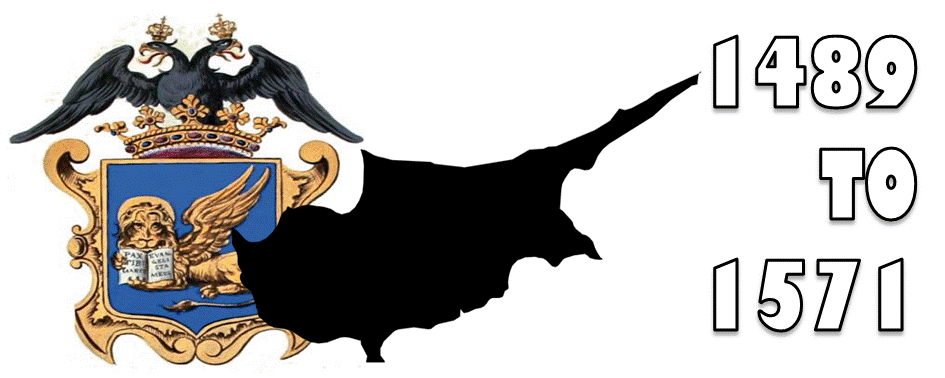
A COMPREHENSIVE HISTORICAL OVERVIEW
A DISTINCTIVE ERA IN THE ISLANDS HISTORY
Venetian rule in Cyprus represents a distinctive era in the island’s history. Their rule was firmly characterised by military conflict, architectural advancements, rich cultural practices, and the transformation and improvement of the daily lives of several Cypriots.
A DIPLOMATIC VICTORY
The Republic of Venice was an empire built on trade and it initially engaged Cyprus as a trading partner. This however, changed when they saw the potential for greater control and influence on the island. A succession of power struggles within the Lusignan ruling class paved the way for them to seize control of the island. This also came to the attention of the emerging Ottoman Empire in the east. To a certain extent, the Venetians used this as a pretext to coerce the last Lusignan Queen Caterina Cornaro, who stemmed from Venetian nobility, to relinquish her throne in 1489. This effectively passed over full control of Cyprus to the Republic of Venice and their rule would last up until the subsequent Ottoman conquest of the island in 1571.
A NEW SOCIAL HIERARCHY
Venetian rule overall proved to be a prosperous one, but some aspects of it caused friction amongst local Cypriots. Traditional Cypriot practices in most areas of daily life were allowed to continue, but these were heavily influenced by several Venetian nuances. Venetian administrators went on to implement an unpopular centralised bureaucratic system. This saw the emergence of a new class system that also proved unpopular. Venetian nobles automatically took up high administrative positions, whilst Cypriots lost land and were forced to occupy a lowered-class status. This created several negative social interactions between the new ruling Venetian administration and the old disgruntled Cypriot leaders.
ENHANCED TRADE
The Venetian administration sought to enhance trade. Most Cypriots continued to engage in farming, fishing, and the creation of local artisanal crafts. The Venetians under this pretext, allowed the Cypriot economy to still revolve around these sectors. Farming, on the island, remained an integral part of the Cypriot way of life, so the Venetians constantly contributed to improved agricultural practices. This enhanced Cypriot crop management, which in turn improved yields and ultimately trade. New trade routes were introduced and existing ones expanded, fostering an economic environment conducive to growth. The overall expansion generally benefitted everyone concerned, improving living standards for most Cypriots.
LAW & ORDER
The Venetian changes to local governance also impacted the overall legal system on the island. This became a point of contention for several Cypriots. The imposition of new Venetian laws, which were often at odds with local Cypriot customs and practices, did not sit well with the greater populace. New laws governing a new taxation system were also introduced and although they were designed primarily to increase trade, they were met with stiff resistance. The revised tax laws for local merchants and traders also established an unpopular relationship with the new Venetian social hierarchy that held dominion over Cypriots.
NEW INFLUENCES
Culinary traditions also evolved under Venetian stewardship and several Venetian culinary elements were introduced to local Cypriot cuisine. Different spices were introduced and variations in Cypriot cooking methods at the time began to reflect wider Western Mediterranean influences. Traditional Venetian garments also began to blend its styles with local Cypriot attire. This new hybrid fashion became commonplace all over the island.

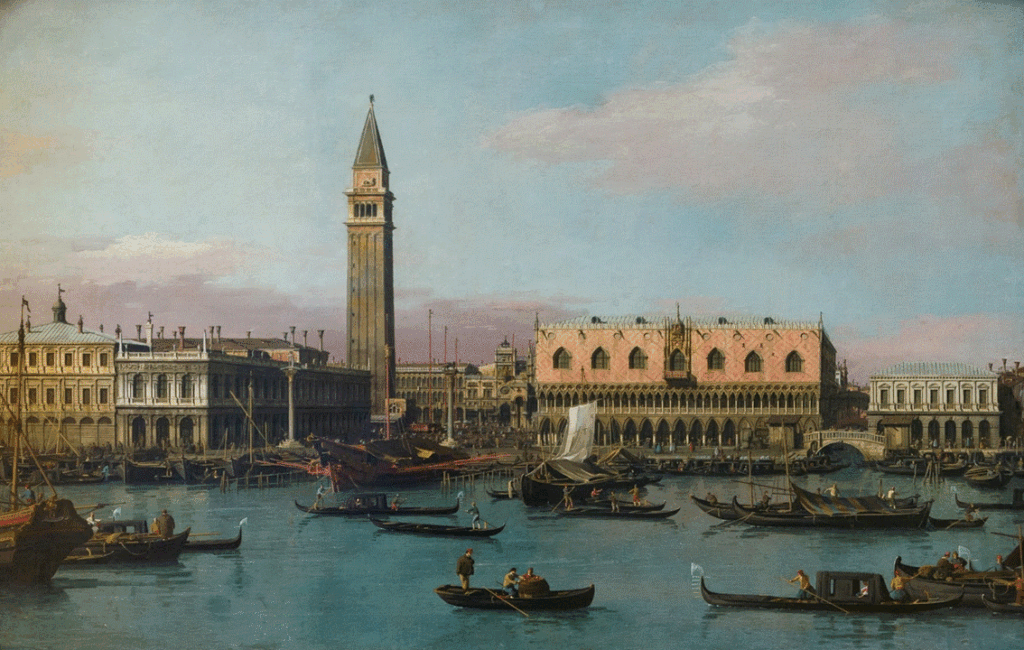

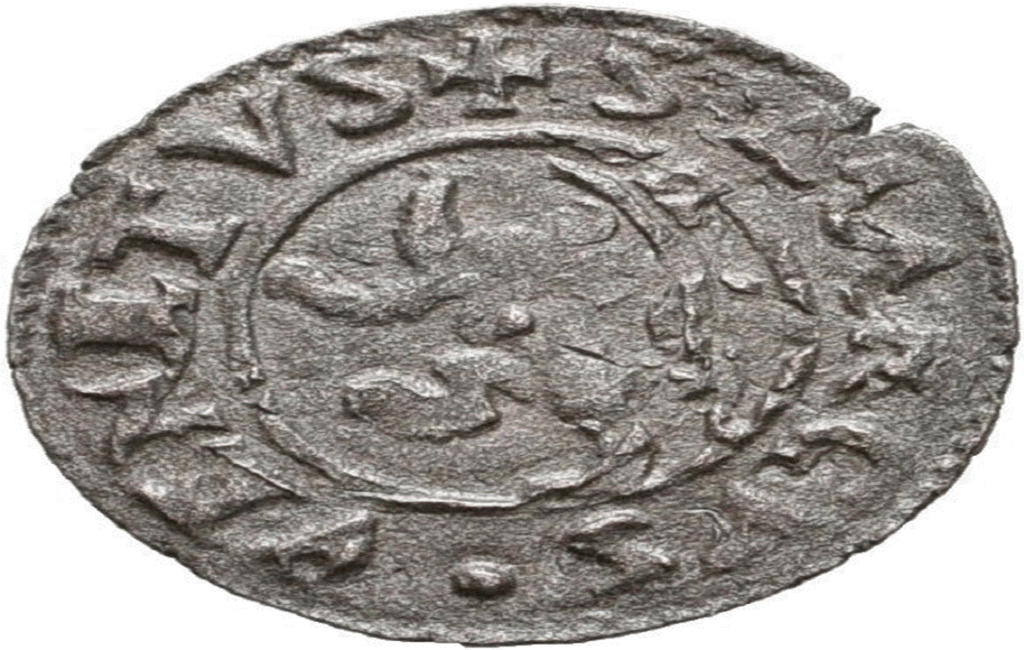
CULTURAL CHANGES
Daily life became dominated by a complex interplay of local customs and newly introduced Venetian practices. The new socio-economic landscape experienced several changes as a result of these new influences. Venetian rule brought about several cultural changes too. An influx of Latin culture, art, and customs were steadily introduced to the island. This influence is evident in the literature, painting, and music of the time. This led to a cultural fusion that generally created a new enriched Cypriot identity. This was also evident in particular in the form of festivals and public celebrations. Elements of Venetian traditions were fully absorbed into Cypriot culture and several new festivities were introduced. These reflected both Venetian traditions and local Cypriot customs and helpied to create a sustained harmony on the island.
THE VENETIAN CARNIVAL
One of the biggest annual events introduced was the annual Venetian Carnival. This event was characterised by elaborate masks and costumes. Public revelry included large street parades, and several staged theatrical performances, took place all over the island.

RELIGIOUS FESTIVALS
The Catholic Venetians interacted well with the predominantly Greek Orthodox population and this led to the renovation and construction of several new churches all over the island. Religious festivals continued to play a crucial role in Cypriot society and the feast days of various saints of both Christian religions were celebrated with great fervour. Religious processions, featuring altars decorated with flowers, and several communal celebrations, highlighted the strong spiritual life of the people under Venetian rule. The Venetians installed St. Barnabas as the island’s new patron saint, making the annual feast of St. Barnabas particularly significant. Harvest celebrations, such as the wine festival, where communities would gather to celebrate the bounty of the land, also became a major event featuring music, dance, and fine food.
IMPROVED COMMERCE
Venice was a significant maritime power, and Cyprus became an important hub in its trade network. The island’s strategic position made this possible. The Venetian administration sought to enhance trade and constantly increased the exportation of various Cypriot goods. These included commodities such as cotton, wine, olive oil, and spices. Trade enhancements occurred primarily through the further development of port facilities on the island, improving capacity. The Venetians also introduced new trade routes to several Western Mediterranean countries, increasing trade overall.
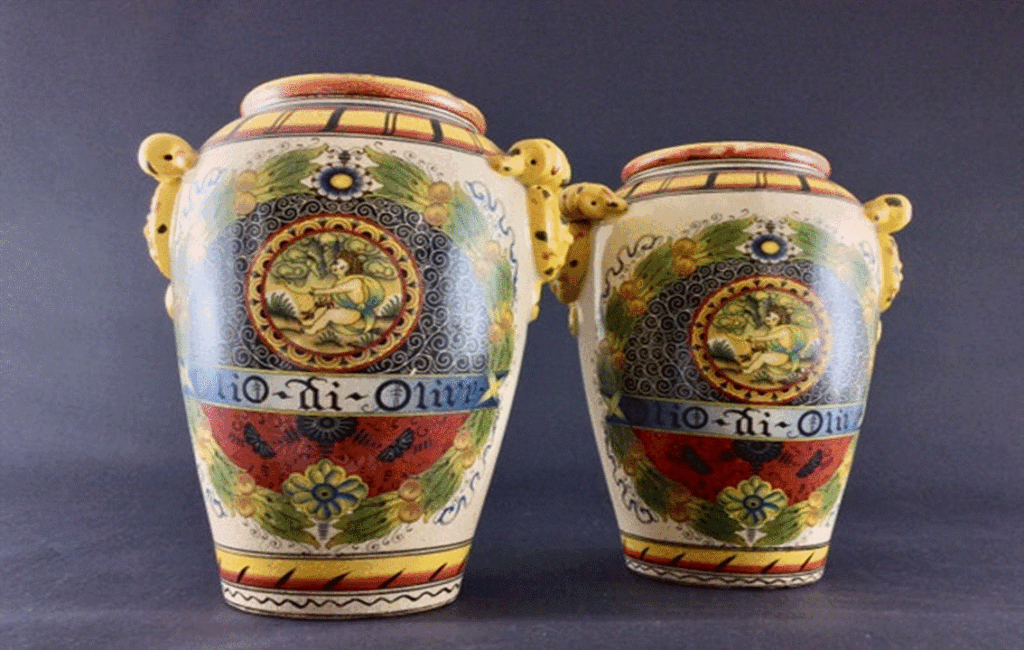
THE OTTOMAN THREAT
The rule of the Republic of Venice is considered to have been fruitful, if not somewhat turbulent. The Ottoman threat remained throughout its tenor but it was also within easy reach of Ottoman military ambition. The Ottomans sought to actively extend their influence into the Mediterranean and Cyprus was firmly in their sights. This ultimately led to several significant skirmishes that prompted the Venetians to fortify the island. The Venetian military strategy, which firmly based itself on defence, set about modifying existing structures for the use of defensive cannons. They also went on to construct several new defensive fortifications equipped with bastions and solid stone walls. The Venetians used a mix of Gothic and Renaissance-style military architecture that exemplified the advanced military engineering of the time.
A NEW ERA OF ARCHITECTURE
The Venetian building program included not only fortifications but new public buildings, religious structures, ports and several new roads and bridges. Examples of Venetian influences can still be seen in buildings and public squares all over the island today. New urban planning sought to re-organise infrastructure and settlements were re-designed and adapted to improve trade and enhance defensive capabilities. Each settlement had a public square installed and this acted both as a military rallying point and a centre of commerce. New roads and bridges ensured the faster flow of goods and military access across the island. Most religious structures were adapted by having a defensive fortifications installed. In addition to this, numerous churches and monasteries were expanded, using architecture reflective of both Venetian influence and local traditions. The archbishopric in Nicosia, which was originally built by the Byzantines, underwent a major renovation that saw the Byzantine architectural style blended with several Venetian elements.


MOST NOTABLE FORTRESS STRUCTURES
The construction of forts and military buildings was crucial to the defence of the island. Venetian efforts to fortify key locations have greatly contributed to the island’s military history. The most prominent examples of these fortress structures remain in key locations across the island. The most notable of these are the walls of Nicosia and Famagusta, and the Kyrenia Castle. The Venetian walls of Nicosia are among the most significant architectural accomplishments of this period. Reconstructed in the late 16th century, these walls include an impressive eight-point star shape that were designed to withstand cannon fire. These walls serve today as a stark historical reminder of the island’s turbulent historic past. The city of Famagusta is surrounded by some of the most formidable fortifications in the Mediterranean. The Othello Tower and the Bastion of Saint Nicholas exemplify the advanced engineering and architectural prowess of Venetian engineering. The Kyrenia Castle, originally built by the Byzantines, underwent significant restoration and fortification by the Venetians and its strategic position allows for commanding views over its harbour.
A WELL ORGANISED OTTOMAN ARMY
Despite their efforts, Venetian forces struggled to defend the island against the well-organised Ottoman army. The Ottoman army utilised superior tactics and had superior artillery. Their invasion, which began in 1570 was well-coordinated and had a good supply chain. This saw the Ottomans rapidly take control of huge swathes of land, forcing Venetian forces to retreat. The famous star-shaped walls of Nicosia was used as a rallying point for these retreating troops and this led to the famous siege of Nicosia in 1571. The seige did not end well for the Venetians and after the fall of Nicosia. The Ottomans advanced to the last Venetian bastion of control on the island, Famagusta. After a valiant defensive effort and a siege that lasted for ten months, the Venetians finally surrendered abruptly ending their 82-year rule in Cyprus.
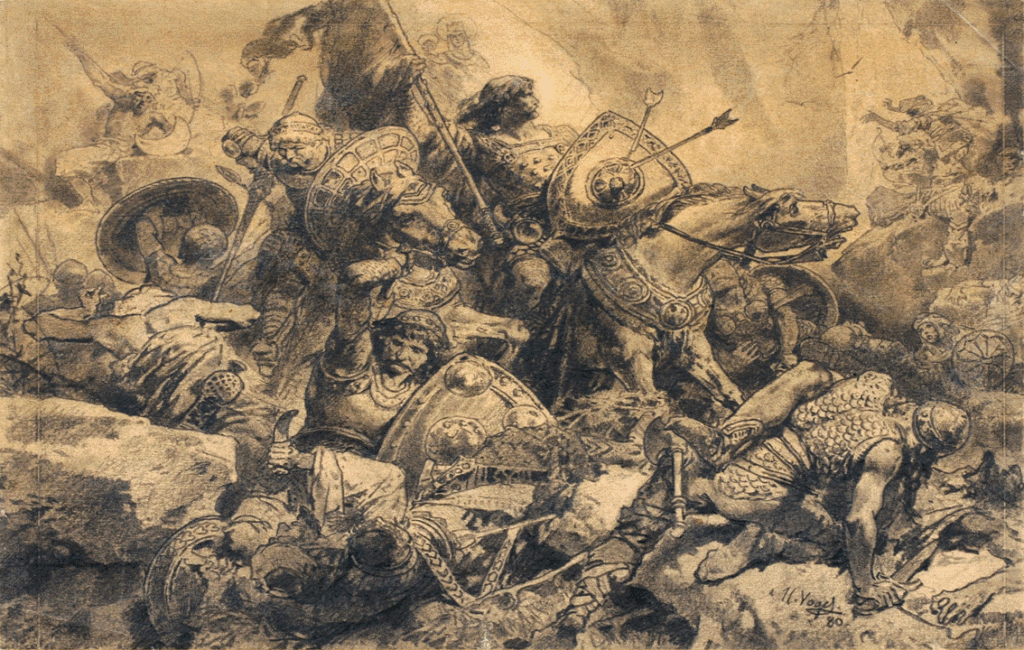
A VENETIAN LEGACY
The Republic of Venice left a lasting legacy on the island that is still evident today. They influenced the island’s wider architectural landscape leaving a distinct architectural imprint that is still observed today. Cypriot culture still bears remnants of their influences and this is portrayed by several communal celebrations that have their roots embedded in Venetian culture. Their changes to local governance led to them being the first to introduce a formal class system to the island’s heirarchy. They enhanced the island’s economy through improved agricultural practices and also increased trade. With all of this in mind, It is fair to say that the Venetians contribution to the island’s historical narrative helped to forge a new Cypriot identity.


